ROSE Bikes TRANSIT MIPS Urban Bike Helmet| Urban Helmets And City Helmets
€70.24
Being in road traffic requires not only concentration, but also a high level of protection. The TRANSIT MIPS Urban bike …
Being in road traffic requires not only concentration, but also a high level of protection. The TRANSIT MIPS Urban bike helmet from smith optics is therefore your ideal companion in the city, as it is equipped with the tried-and-tested MIPS impact protection system. On your daily commute to school, university or the office, it also impresses with clever features such as U-lock compatible vents that allow the helmet to be secured to the bike and an optional retrofittable rear light. The commuter helmet also scores highly with its lightweight, ventilated feel and a removable visor. The eighteen vents ensure that you always keep a cool head in the urban jungle.
Details:
Unisex urban bike helmet with MIPS system, ideal for commuters in the city
Integrated MIPS impact protection system reduces rotational forces in the event of a fall
Lightweight and robust IN-MOLD construction
Precise dial-fit adjustment system for optimum fit
18 vents, compatible with U-locks
Removable fabric visor
Lightweight single-layer strap with buckle
An LED rear light that can be plugged into the centre vent can be retrofitted as an option
Technical details:
Certifications: EN1078, CPSC, AS/NZS2063
Weight: approx. 310 g (size M)
In the box:
1 smith optics TRANSIT MIPS Urban City Commuter bike helmet
Highlights & Technologies:
WHAT IS MIPS?
MIPS (Multi-Directional Impact Protection System) is a slip-plane system within the helmet. It is designed to rotate inside the helmet and thus slow down or reduce the impact energy acting on the brain, which helps reduce head injuries caused by rotational impacts.
WHY IS MIPS IMPORTANT?
When a head rotates quickly and comes to a sudden stop, the rotational acceleration may cause the brain tissue to experience high levels of strain. This stretching of the tissue caused by these motions may result in various types of brain injury. MIPS is designed with the intent to address rotational acceleration from impact.
HOW DOES MIPS WORK?
MIPS uses a slip-plane system that moves inside the helmet, mimicking the brain’s own protection system. This layer is designed to rotate inside the helmet with the intent to potentially slow down or reduce the amount of energy transferred to or from the head. Science tells us that if we can reduce the strains associated with rotational acceleration, we might reduce the risk and severity of brain injury.
IN-MOLD:
In this construction, the robust polycarbonate outer shell is bonded to the impact-absorbing EPS inner shell in a single operation during the foaming process. This not only makes the helmet lightweight, but also more resistant. This production process also makes it possible to shape significantly better ventilation systems and vents. Inmold helmets are therefore lighter than traditional helmets and have significantly better ventilation systems.
- UPC:
- 716736925127
- Manufacturer`s ref.:
- E0075809K5155
- Helmet features:
- MIPS, Visor
| Size | 51-55, 55-59, 59-63 |
|---|---|
| Colour | matteneonyellow |
Be the first to review “ROSE Bikes TRANSIT MIPS Urban Bike Helmet| Urban Helmets And City Helmets” Peruuta vastaus
Related products
Bike Tools
Bike Tools
ROSE Bikes Bike Accessories
Bike Tools
Bike Tools
ROSE Bikes Bike Accessories
Bike Tools
Bike Tools
Bike Tools
Bike Tools


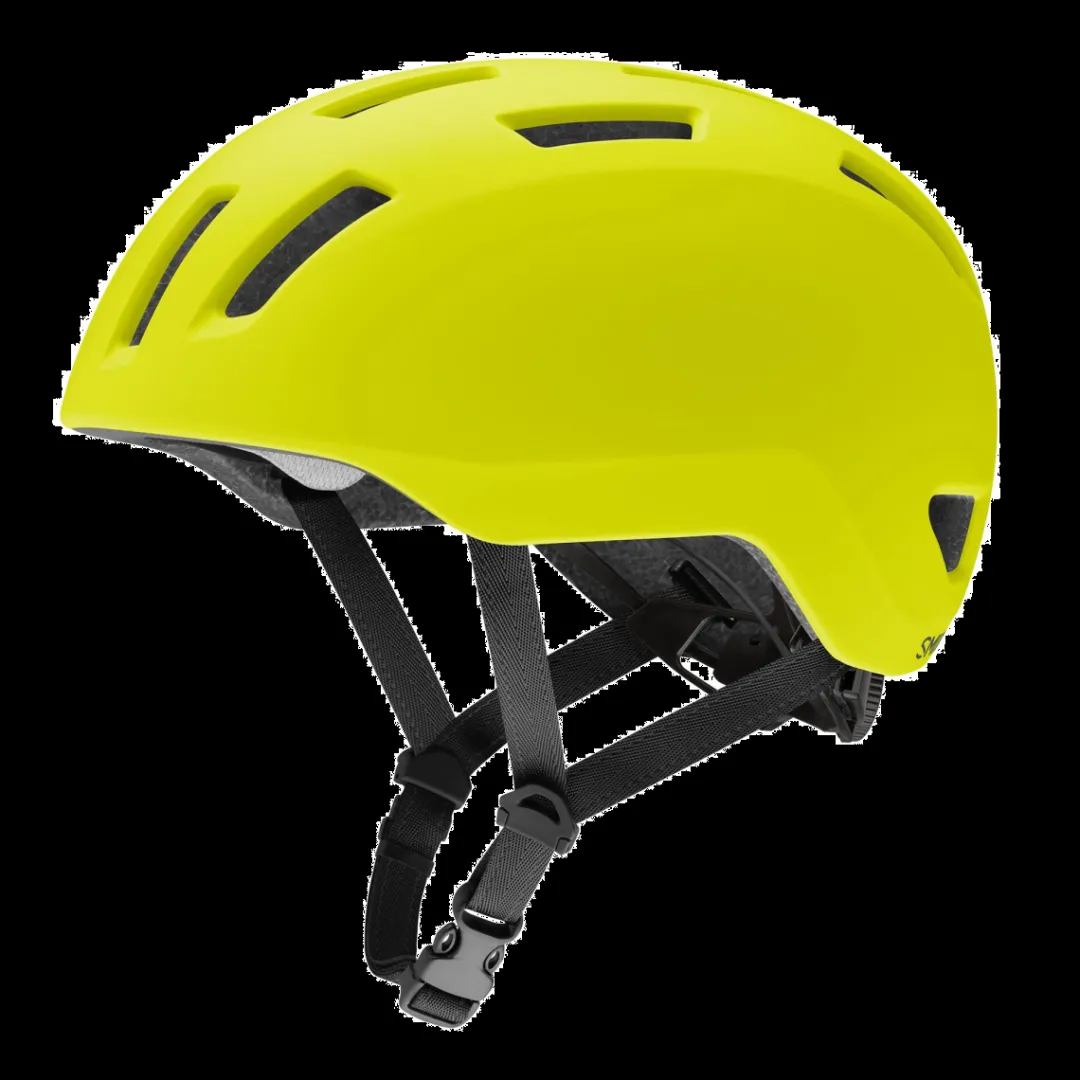
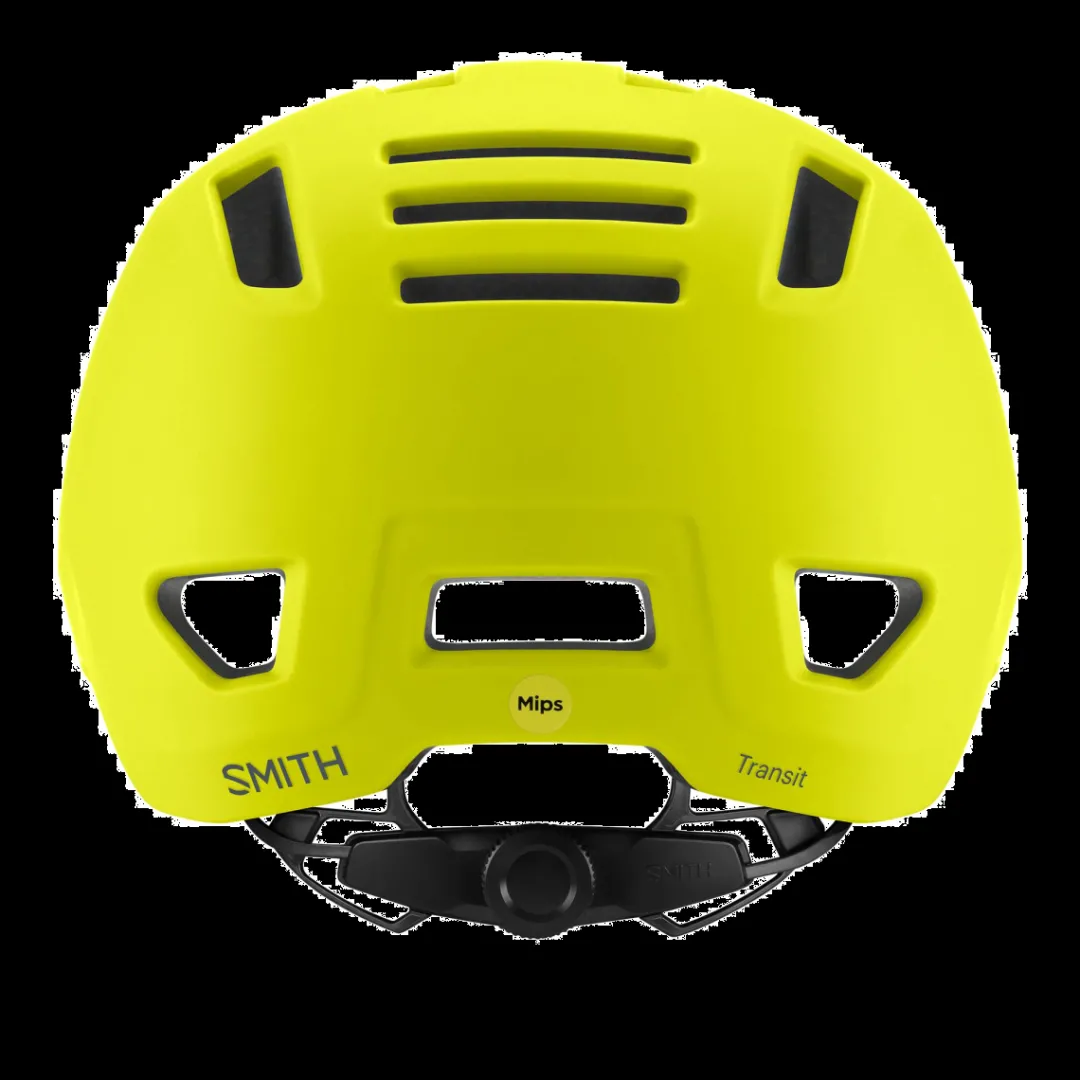
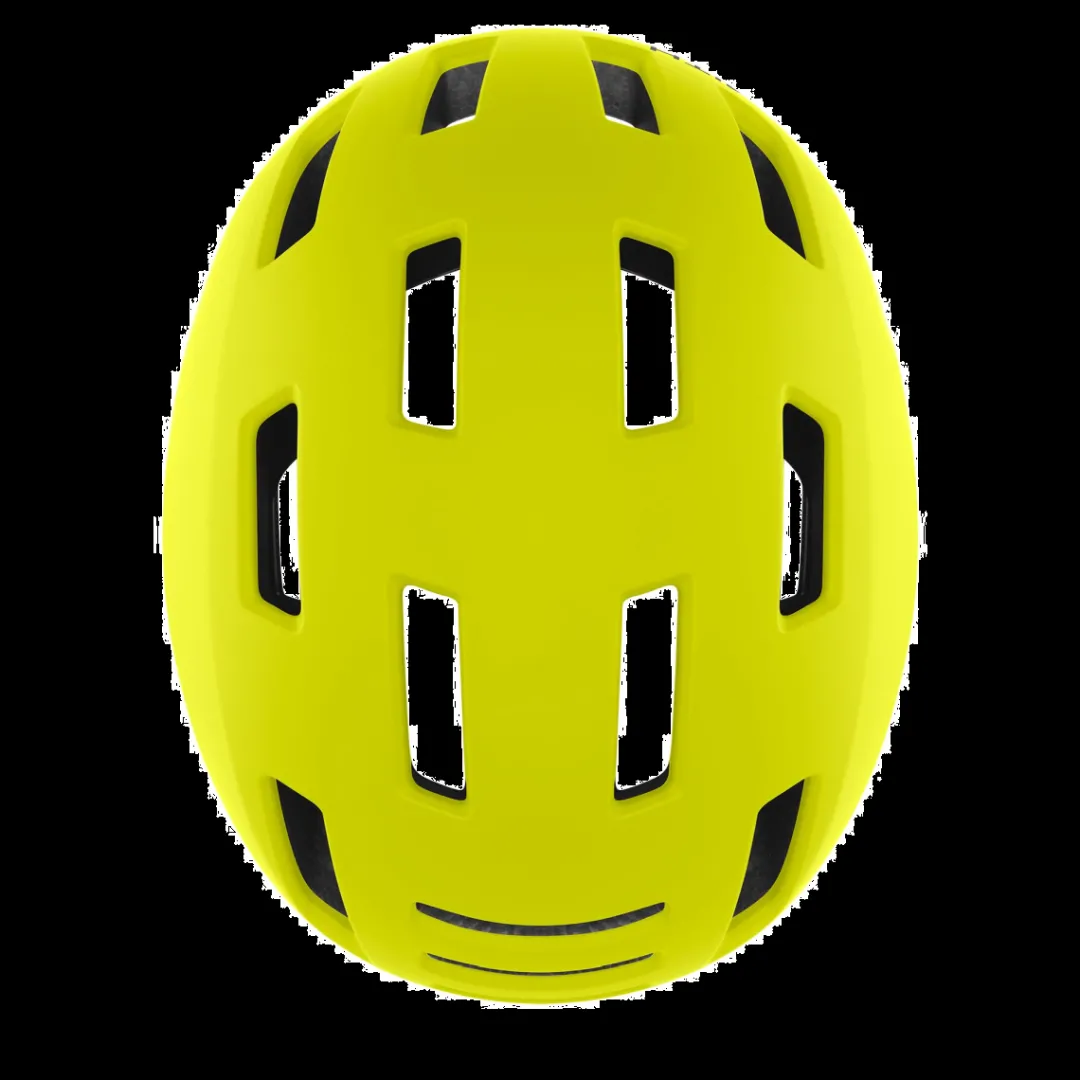
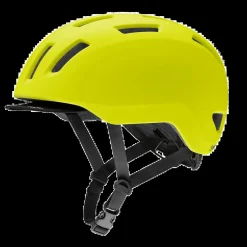
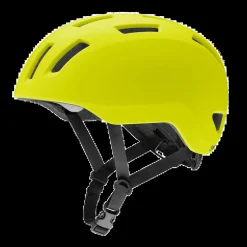
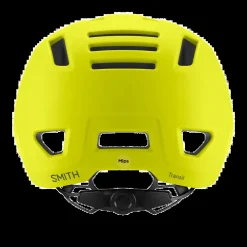
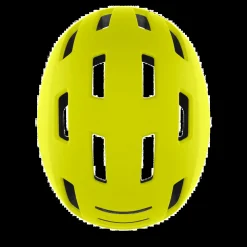
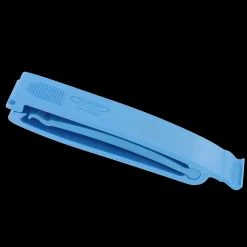
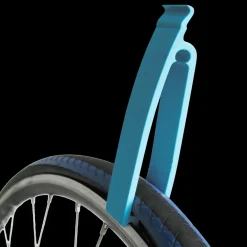
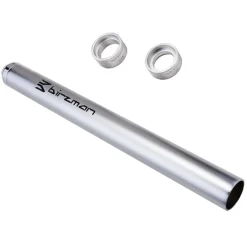

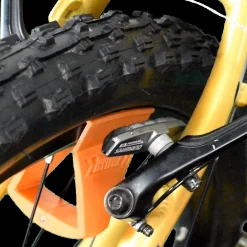
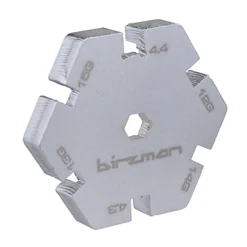
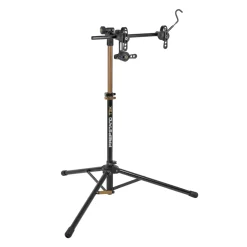
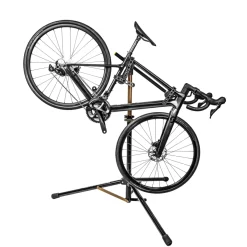
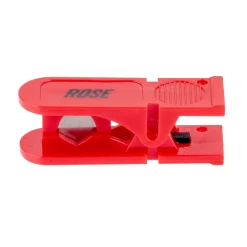
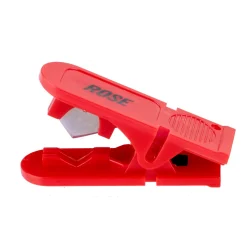

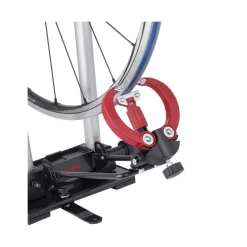
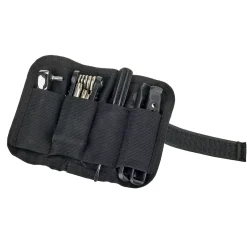
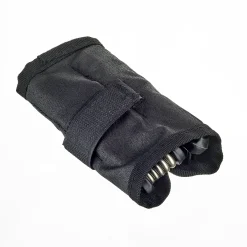
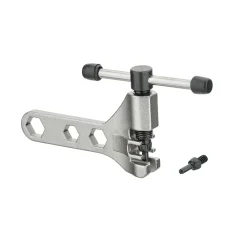
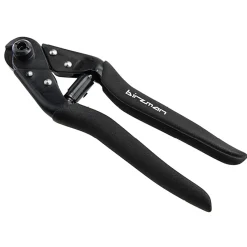
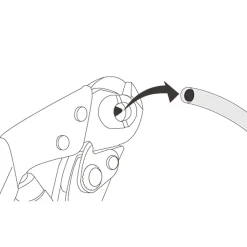
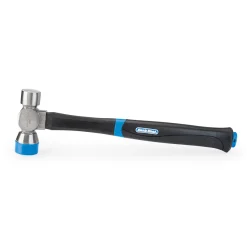
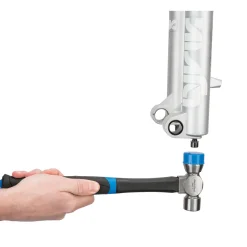

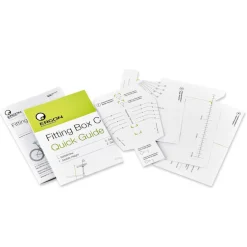
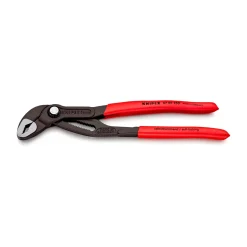
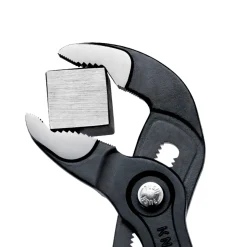
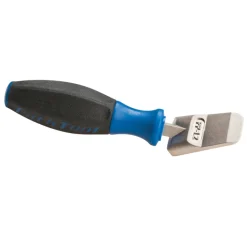
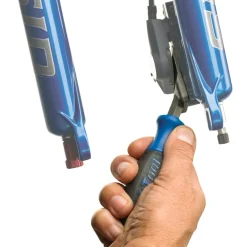
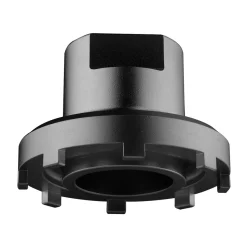
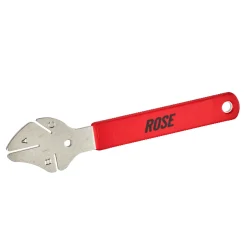
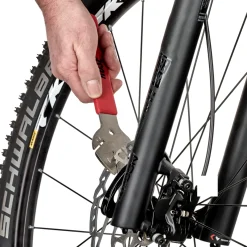
Reviews
There are no reviews yet.